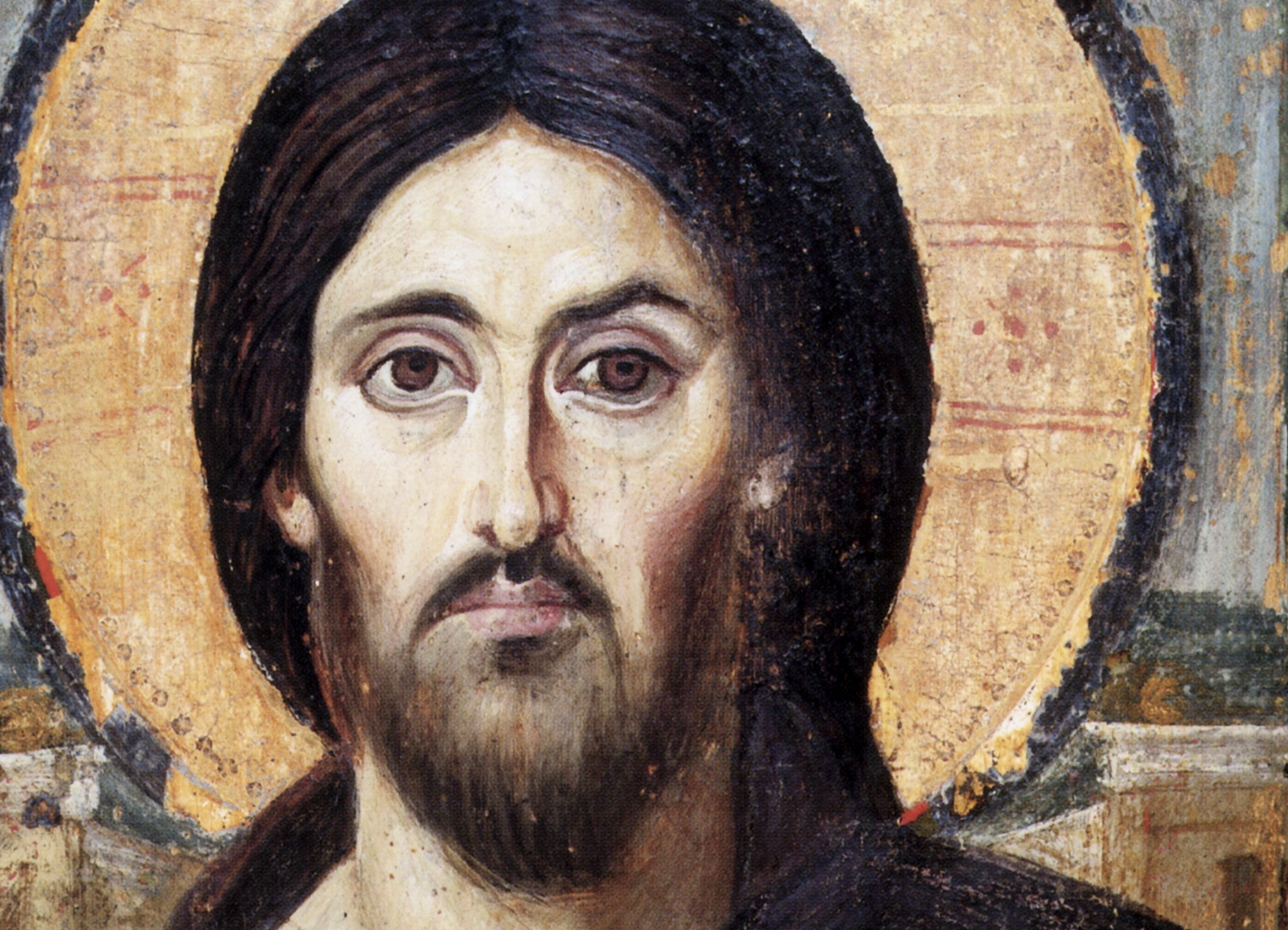A couple days ago, I was asked:
“If Jesus Christ is both fully human and fully God, was he human before the Incarnation?
If he wasn’t, why would the Nestorian position be heretical, since Christ is fully divine and his humanity was only a later addition?
And if he was, would that mean that humanity, as it existed in the form of Christ, has been there from the beginning of time?”
The short answer is that Jesus was not human before the Incarnation, and that Nestorianism is wrong for rejecting the Hypostatic Union. So let’s address the Catholic position, and then compare it with the early heresies.
An Antiphon for Lauds puts it like this:
“Marvelous is the mystery proclaimed today: man’s nature is made new as God becomes man; he remains what he was and becomes what he was not. Yet each nature stays distinct and for ever undivided.”
That’s the Hypostatic Union in a nutshell. The Second Person of the Trinity, the Divine Logos, was (and is) God from all eternity. In the Incarnation, he entered space and time as Jesus of Nazareth. While preserving his Divinity whole and intact, he humbled himself by taking on our humanity. This meant creating a human body and also a human soul for himself. Jesus wasn’t simply a mask the Logos wore, or an avatar, or anything of the sort. Rather, the Man Jesus is the Second Person of the Trinity, and vice versa. The Second Person of the Trinity united his human soul perfectly to his Divine Self. In doing so, he bridged the gulf created by sin between God and man. This is one of the reasons that we refer to Jesus by the titles “Son of Man” and “Son of God” without any tension: he’s the perfect God-Man (see Matthew 26:63-64, in which the two titles are used interchangably).
Compare what Catholicism teaches on Christology, compared with two popular fifth century heresies, Nestorianism and Monophysitism:
| Catholicism | Two Natures | One Person |
| Nestorianism | Two Natures | Two Persons |
| Monophysitism | One Nature | One Person |
There were the more moderate versions of two other heresies: Docetism, which said that Jesus only appeared to be human, and its antithesis, Adoptionism, which said Jesus was only a man prior to his Baptism.
Nestorianism and Monophysitism were both half-right, but the parts they got wrong were incredibly problematic. Nestorianism acknowledged that Christ had both human and Divine natures, but claimed that these natures weren’t united in a single Person. Instead, Christ was a Being consisting of a human person and a Divine Person. In other words, this view taught that Jesus, the Man, wasn’t the Second Person of the Trinity. As a result, Nestorius refused to call Mary Theotokos (God-bearer), calling her instead Christotokos (Christ-bearer). Thus, we see many of the same problems as in Adoptionism—that Jesus isn’t to be the object of our worship. But since Jesus is worshiped in Scripture (John 20:28), this view is clearly wrong.
Just as Nestorianism is a moderate (but still incorrect) form of Adoptionism, Monophysitism is a moderate (but still incorrect) form of Docetism. Monophysitism recognized that Jesus is the Second Person of the Trinity, but as a result, denied that he had both a human and Divine will. But we see Christ subordinate his human will to the Father (John 14:28; Luke 22:42), so this is clearly wrong too.
Here’s the thing about the Hypostatic Union: like the Trinity, it seems needlessly complex; like the Trinity, it’s a pretty counter-intuitive theological claim; but like the Trinity, it explains the scriptural evidence better than all of the (much simpler) heresies. Sometimes, the truth is just more complicated than fiction, and we shouldn’t be surprised that describing God is one of those times, whether we’re talking about the Three Persons of the Trinity, or the Dual Natures of Christ.
Nestorianism was condemned at the First Council of Ephesus in 431, while both Nestorianism and Monophysitism were condemned at the Council of Chalcedon in 451. A few men stand out as strong defenders of the faith in the face of Nestorianism and Monophysitism. One of those was Pope Leo. From Session V of the Council of Chalcedon:
“The most blessed bishops of Illyria said: Let those who contradict be made manifest. Those who contradict are Nestorians. Those who contradict, let them go to Rome.
The most magnificent and most glorious judges said: Dioscorus acknowledged that he accepted the expression of two natures, but not that there were two natures. But the most holy archbishop Leo says that there are two natures in Christ unchangeably, inseparably, unconfusedly united in the one only-begotten Son our Saviour. Which would you follow, the most holy Leo or Dioscorus?
The most reverend bishops cried out: We believe as Leo. Those who contradict are Eutychians. Leo has rightly expounded the faith.
The most magnificent and glorious judges said: Add then to the definition, according to the judgment of our most holy father Leo, that there are two natures in Christ united unchangeably, inseparably, unconfusedly.”
Leo stood in a long line of saintly defenders of orthodoxy. A century earlier, the battle had been on somewhat different turf: whether Jesus was God, or simply God-like. Catholicism was defended in that earlier fight by a saint whose feast day we celebrate today, St. Athanasius, as well as two other saints: St. Basil the Great and St. Gregory Nazianzen.
Let this be a reminder that orthodox Catholicism has always been attacked, often by pretty convincing sounding heresies (both Nestorianism and Monophysitism could marshal scriptural support, for example). But it’s important to remember that Catholicism always wins out in the end. Today, even those churches that have been historically Nestorian (the Assyrian Church of the East) or Monophysite (the Oriental Orthodox Churches) have distanced themselves from their non-Chalcedonian origins. History should thus lead us to be both vigilant and hopeful.
